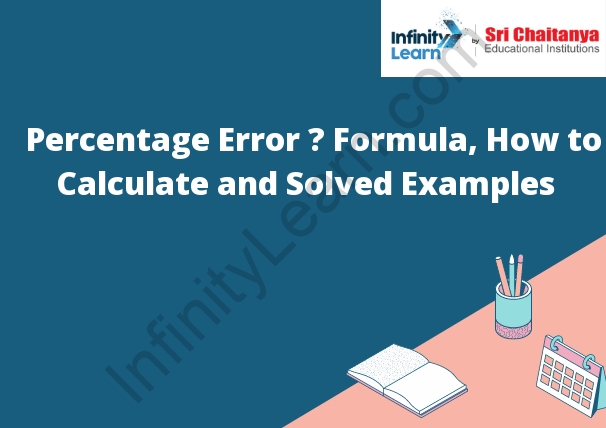Table of Contents
Percentage Error Formula
The percentage error formula is used to calculate the percentage error in a measured value relative to the actual value. The formula is:
% Error = (Measured Value – Actual Value) / Actual Value

How to Calculate Percent?
Percent is a mathematical term that is used to indicate a certain part of a whole. In order to calculate percent, one needs to divide the number of items in the set by the total number of items in the set and multiply that number by 100%.
Method for Finding Per Cent Error
The percent error is found by dividing the absolute error by the accepted value and multiplying by 100%.
Absolute error = experimental value – accepted value
Percent error = (absolute error / accepted value) * 100%
The Percent Error
The percent error is the difference between the experimental value and the theoretical value divided by the theoretical value and multiplied by 100%.
Percent Error = Experimental Value – Theoretical Value
Theoretical Value x 100
The Benefits of Finding Per Cent Errors
There are a few benefits to finding per cent errors. One benefit is that it can help to improve accuracy in calculations. Additionally, it can help to improve understanding of mathematical concepts. Additionally, it can help to improve problem solving skills.



